Home>Furniture & Design>Kitchen Furniture>How To Organize Your Lazy Susan Cabinet
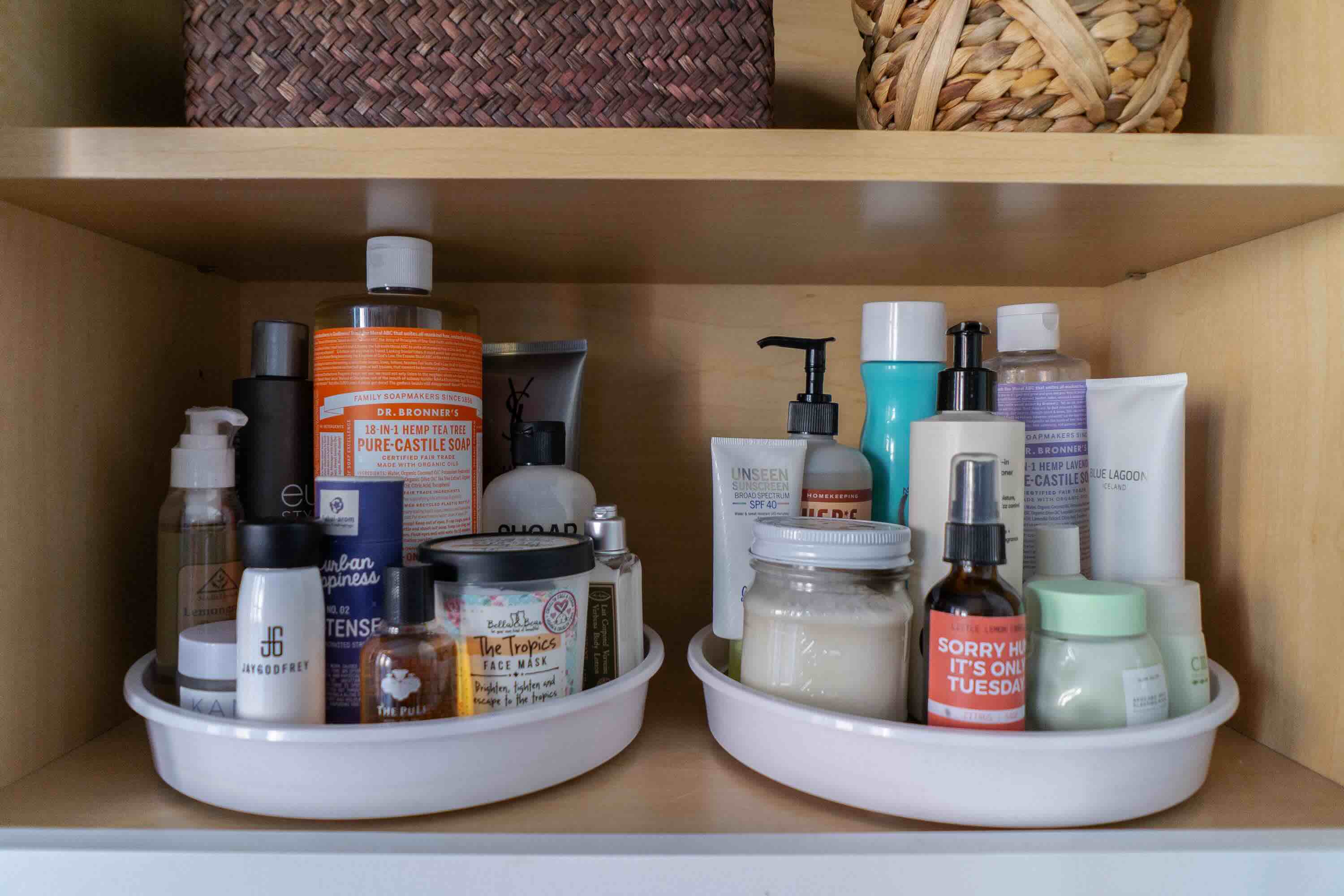

Kitchen Furniture
How To Organize Your Lazy Susan Cabinet
Modified: January 26, 2024
Discover the best tips for organizing your lazy Susan cabinet with our expert advice on kitchen furniture and design. Maximize space and efficiency today!
(Many of the links in this article redirect to a specific reviewed product. Your purchase of these products through affiliate links helps to generate commission for Storables.com, at no extra cost. Learn more)
Introduction
Welcome to the heart of your kitchen, where the Lazy Susan cabinet resides. This ingenious piece of kitchen furniture has been a staple in homes for decades, offering a convenient and space-saving solution for organizing and accessing a wide array of items. Whether you use it to store spices, canned goods, pots, pans, or other kitchen essentials, the Lazy Susan cabinet is a versatile storage option that can streamline your daily cooking and meal preparation.
In this article, we will explore the art of organizing your Lazy Susan cabinet to maximize its functionality and efficiency. By following the tips and strategies outlined here, you can transform this often underutilized space into a well-organized and easily accessible storage area.
Join us as we delve into the process of assessing your needs, clearing out the cabinet, categorizing and sorting its contents, utilizing storage solutions, and maintaining the organization. With these insights, you will be equipped to conquer the chaos and reclaim the potential of your Lazy Susan cabinet.
So, roll up your sleeves, put on your creative hat, and let's embark on a journey to unlock the full organizational prowess of your Lazy Susan cabinet. Get ready to infuse practicality and order into this beloved kitchen fixture, making it a seamless and functional part of your culinary domain.
Key Takeaways:
- Transform your Lazy Susan cabinet into an organized and accessible storage space by categorizing items based on frequency of use and utilizing tiered shelving and rotating trays for efficient access.
- Sustain the organization of your Lazy Susan cabinet by regularly assessing, decluttering, and reevaluating the layout to accommodate changes, ensuring a seamless and functional kitchen storage solution.
Read more: How To Organize A Lazy Susan Cabinet
Assessing Your Needs
Before diving into the organization process, it’s crucial to assess your specific needs and the role your Lazy Susan cabinet plays in your kitchen. Take a moment to evaluate the items you currently store in the cabinet and consider how you use them in your daily cooking and meal preparation routines.
Start by making a mental or written inventory of the items typically housed in the Lazy Susan cabinet. This may include spices, condiments, canned goods, baking supplies, cookware, or even small kitchen appliances, depending on the size and design of your cabinet. Understanding the types of items you store in the cabinet will help you tailor the organization approach to suit your specific requirements.
Next, consider the accessibility and visibility of the items currently stored in the cabinet. Are there certain items that are challenging to reach or tend to get lost in the depths of the cabinet’s interior? Assessing the accessibility and visibility of your stored items will guide you in optimizing the layout and storage solutions within the cabinet.
Furthermore, take into account the frequency of use for each item. Items that are used daily or frequently should be positioned for easy access, while those used less often can be stored towards the back or periphery of the cabinet. This thoughtful arrangement will streamline your cooking process and minimize the time spent searching for specific ingredients or tools.
Lastly, consider any specific challenges or pain points you currently experience with the organization of your Lazy Susan cabinet. Whether it’s clutter, disorganization, or inefficient use of space, identifying these challenges will empower you to address them effectively as you embark on the organization journey.
By thoroughly assessing your needs and understanding the role of your Lazy Susan cabinet in your kitchen, you can lay a solid foundation for creating an organized and functional storage space that aligns with your culinary habits and preferences.
Clearing Out the Cabinet
Now that you’ve taken stock of the items stored in your Lazy Susan cabinet and assessed your specific needs, it’s time to embark on the first crucial step of the organization process: clearing out the cabinet. This step is essential for gaining a clear understanding of the contents, decluttering the space, and preparing for a strategic reorganization.
Begin by emptying the entire contents of the Lazy Susan cabinet onto your kitchen counter or a nearby workspace. As you remove each item, take the opportunity to inspect and evaluate its condition, relevance, and frequency of use. This process allows you to identify any expired or unused items that can be discarded or relocated to a more suitable storage area.
As you clear out the cabinet, take note of any items that have accumulated dust, spills, or residue. Wipe down the interior surfaces of the cabinet using a mild cleaning solution and a clean cloth to ensure a fresh and clean starting point for the reorganization process.
Once the cabinet is empty and clean, take a moment to assess its structural integrity and functionality. Check for any signs of wear, loose components, or obstructions that may hinder the smooth rotation of the Lazy Susan mechanism. Addressing these issues at this stage will contribute to a seamless and efficient organization process.
With the cabinet emptied, cleaned, and assessed, you are now ready to move on to the next phase of the organization journey: categorizing and sorting the items to optimize their placement and accessibility within the Lazy Susan cabinet. By clearing out the cabinet and preparing the space for a systematic reorganization, you have set the stage for a transformative and efficient utilization of this valuable kitchen storage asset.
Use bins or baskets to group similar items together, making it easier to find what you need. Adjust shelves to maximize vertical space and consider adding a turntable for easy access to items in the back.
Categorizing and Sorting
As you transition from clearing out the Lazy Susan cabinet to the next phase of the organization process, it’s time to focus on categorizing and sorting the items you’ve removed. This step is instrumental in creating a well-organized and functional layout within the cabinet, allowing for easy access and efficient utilization of space.
Begin by grouping similar items together based on their function or category. For example, group all spices together, separate baking supplies from canned goods, and distinguish between frequently used cookware and less commonly utilized kitchen tools. Categorizing the items in this manner provides a clear visual representation of the contents and facilitates a streamlined approach to arranging them within the cabinet.
Once you’ve categorized the items, consider the frequency of use for each category. Items that are used daily or frequently should be prioritized for placement in the most accessible areas of the Lazy Susan cabinet, ensuring effortless retrieval during meal preparation. Less frequently used items can be positioned towards the periphery or rear of the cabinet, optimizing the space for more regularly accessed essentials.
When sorting the items within each category, take into account their shapes, sizes, and compatibility with the Lazy Susan’s rotating design. Taller items such as bottles or jars can be placed towards the outer edges to prevent interference with the cabinet’s rotation, while smaller or stackable items can be positioned closer to the center for efficient use of space.
Consider utilizing storage containers or organizers to further streamline the sorting process and maintain the order within the cabinet. Transparent or labeled containers can enhance visibility and accessibility, while adjustable dividers or shelves can accommodate a variety of item sizes and shapes, optimizing the cabinet’s storage capacity.
By categorizing and sorting the items with thoughtful consideration for their function, frequency of use, and compatibility with the cabinet’s design, you are laying the groundwork for an organized and efficient storage solution within your Lazy Susan cabinet. This strategic approach will transform the cabinet into a harmonized and accessible storage space, tailored to your culinary needs and preferences.
Utilizing Storage Solutions
With the items categorized and sorted, it’s time to explore the myriad of storage solutions that can enhance the functionality and organization of your Lazy Susan cabinet. By leveraging innovative storage solutions, you can maximize the use of space, improve accessibility, and maintain the order of your stored items.
Consider incorporating tiered shelving or platforms within the cabinet to create multiple levels of storage. This approach optimizes vertical space, allowing you to arrange items in layers for easy visibility and access. Tiered shelving also prevents smaller items from getting lost behind larger ones, ensuring that every inch of the cabinet is utilized efficiently.
Rotating storage trays or turntables are ideal for maximizing the utility of the Lazy Susan cabinet. These circular platforms enable seamless rotation, granting easy access to items from all angles without the need to reach deep into the cabinet. Rotating trays are particularly effective for storing spices, condiments, and small packaged goods, providing a 360-degree view and access to the contents.
Adjustable dividers and organizers offer a customizable approach to managing the layout of the cabinet. By configuring dividers to create designated sections for specific categories of items, such as baking supplies, canned goods, or cookware, you can maintain a tidy and structured arrangement within the cabinet. The flexibility of adjustable dividers allows for adaptation as your storage needs evolve.
Utilize clear storage containers or bins to corral smaller items and maintain a visually cohesive appearance within the cabinet. Transparent containers provide visibility of the contents, making it easy to locate specific items without the need to rummage through the cabinet. Additionally, labeled containers contribute to a systematic organization, ensuring that each item has a designated place for effortless retrieval.
Finally, consider the integration of specialized storage solutions tailored to your specific needs. This may include wire racks for vertically storing baking sheets and cutting boards, hanging hooks for lightweight utensils or kitchen linens, or stackable bins for nested cookware sets. By customizing the storage solutions to align with your unique storage requirements, you can optimize the functionality and accessibility of your Lazy Susan cabinet.
By implementing these versatile storage solutions, you can transform your Lazy Susan cabinet into a well-organized and efficient storage space that complements your culinary endeavors. The strategic utilization of storage solutions will elevate the cabinet’s functionality, making it a seamless and accessible hub for your kitchen essentials.
Read more: What To Put In A Lazy Susan Cabinet
Maintaining the Organization
Having invested time and effort into organizing your Lazy Susan cabinet, it’s essential to establish practices that will uphold the newfound order and functionality. By incorporating simple yet effective maintenance strategies, you can ensure that the cabinet remains a well-organized and accessible storage space for the long term.
Regularly assess the contents of the cabinet to identify any items that may have migrated from their designated areas or have become disorganized. Periodic reviews allow you to reposition items, address any clutter, and maintain the intended organization within the cabinet. This proactive approach prevents the gradual accumulation of disarray and reinforces the efficiency of the storage layout.
Embrace the habit of returning items to their designated places after each use. Encouraging household members to adhere to this practice fosters a collective responsibility for maintaining the organization of the Lazy Susan cabinet. By promptly returning items to their assigned locations, you can prevent the cabinet from descending into disarray and preserve its accessibility for future use.
Regularly clean and declutter the cabinet to prevent the accumulation of dust, spills, or expired items. Set aside time to wipe down the interior surfaces, inspect for spilled contents, and discard any expired or unused items. This routine maintenance not only preserves the cleanliness of the cabinet but also ensures that the stored items remain fresh and relevant to your culinary pursuits.
Reevaluate the organization layout periodically to accommodate any changes in your culinary preferences or household needs. As your cooking habits evolve or new items are introduced into your kitchen, consider adjusting the categorization and sorting within the cabinet to align with these changes. Adapting the organization layout ensures that the cabinet remains tailored to your current requirements.
Encourage mindfulness when rotating the Lazy Susan to access items. Gentle and deliberate rotation prevents items from shifting or toppling over, preserving the organized arrangement within the cabinet. By exercising care when utilizing the cabinet’s rotating mechanism, you can maintain the integrity of the storage layout and prevent inadvertent disarray.
By integrating these maintenance practices into your routine, you can uphold the organization and functionality of your Lazy Susan cabinet as a reliable and efficient storage solution in your kitchen. Consistent maintenance preserves the benefits of the organized layout, ensuring that the cabinet continues to enhance your culinary experiences and streamline your daily cooking endeavors.
Frequently Asked Questions about How To Organize Your Lazy Susan Cabinet
Was this page helpful?
At Storables.com, we guarantee accurate and reliable information. Our content, validated by Expert Board Contributors, is crafted following stringent Editorial Policies. We're committed to providing you with well-researched, expert-backed insights for all your informational needs.
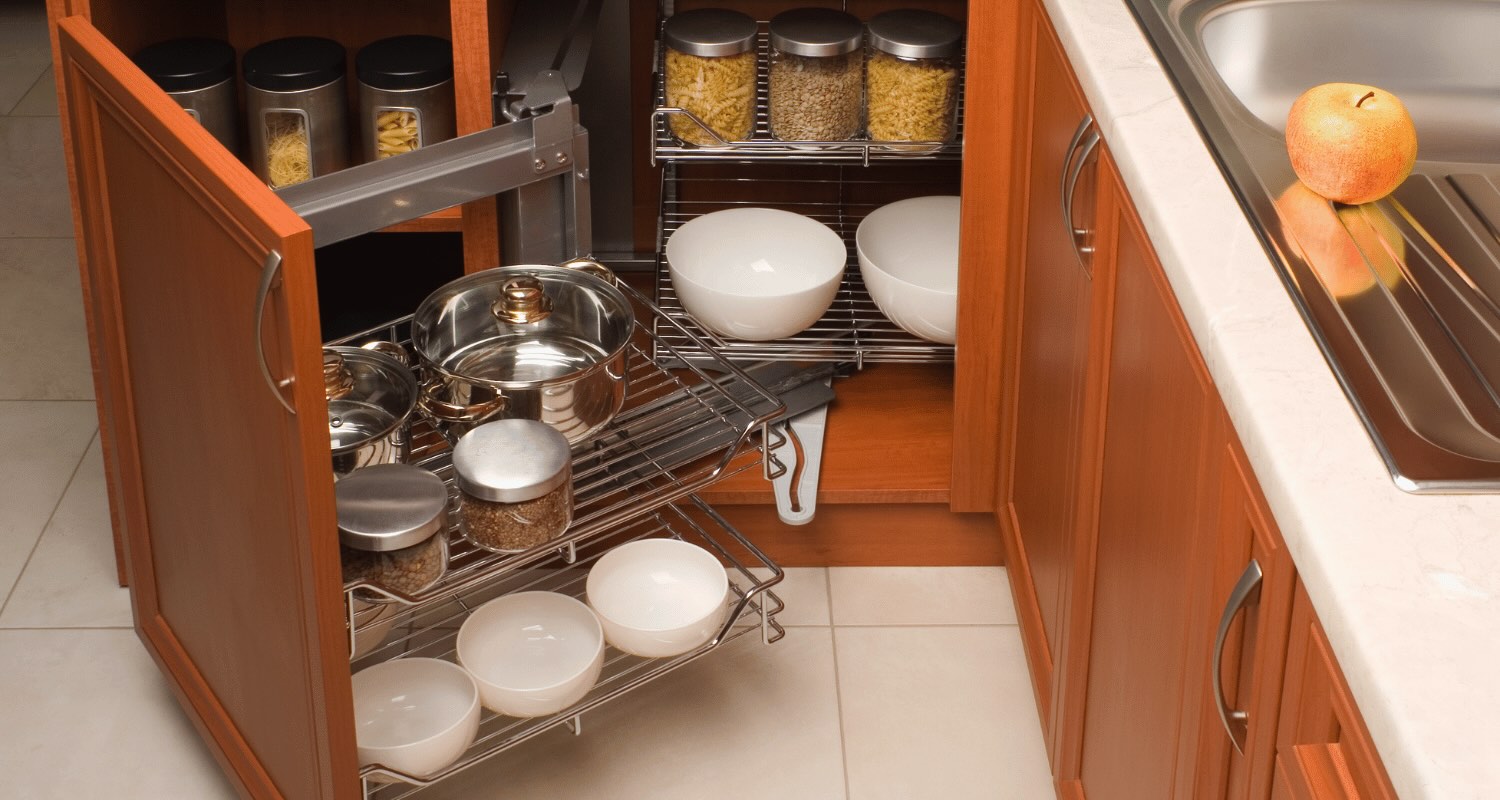
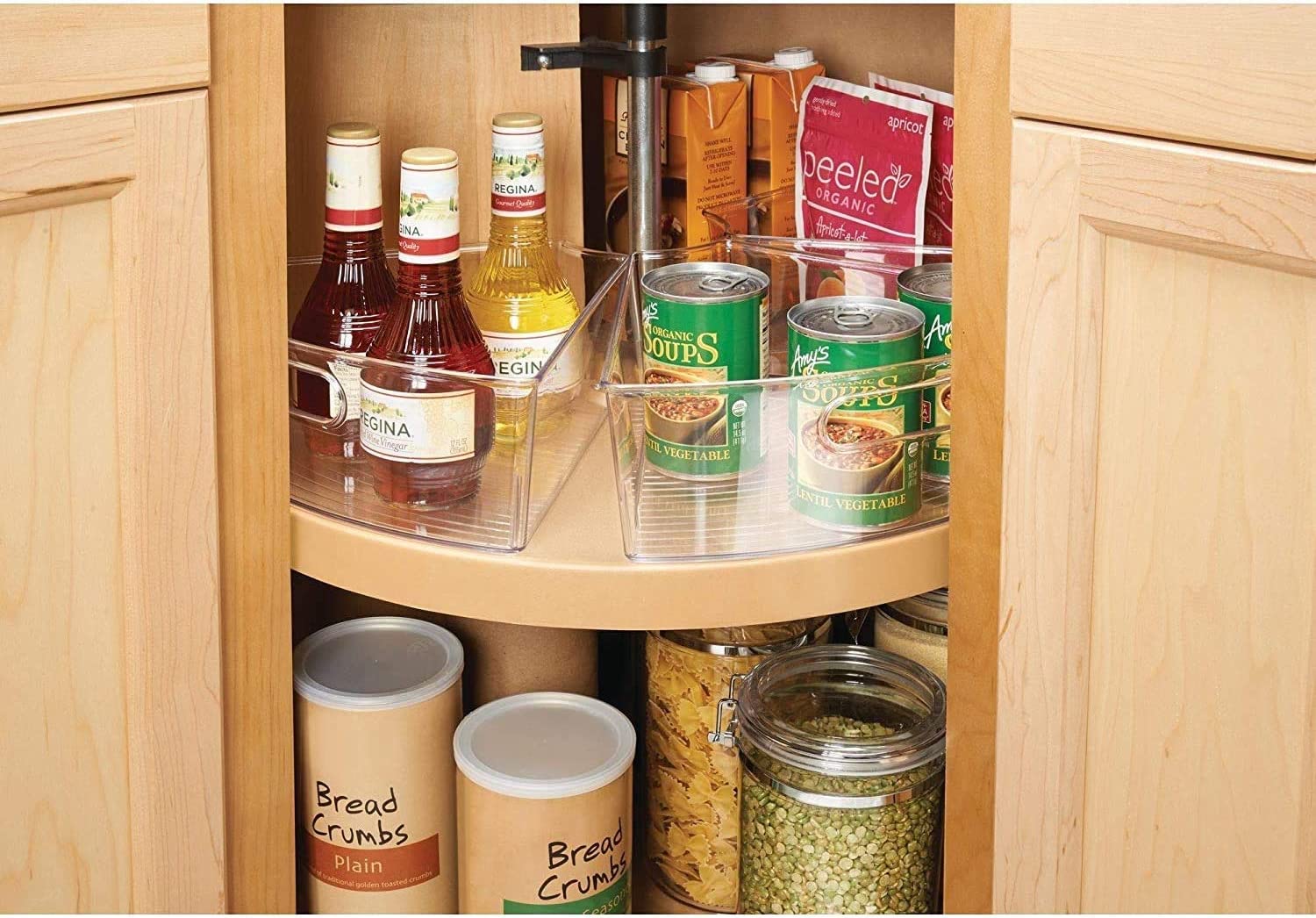
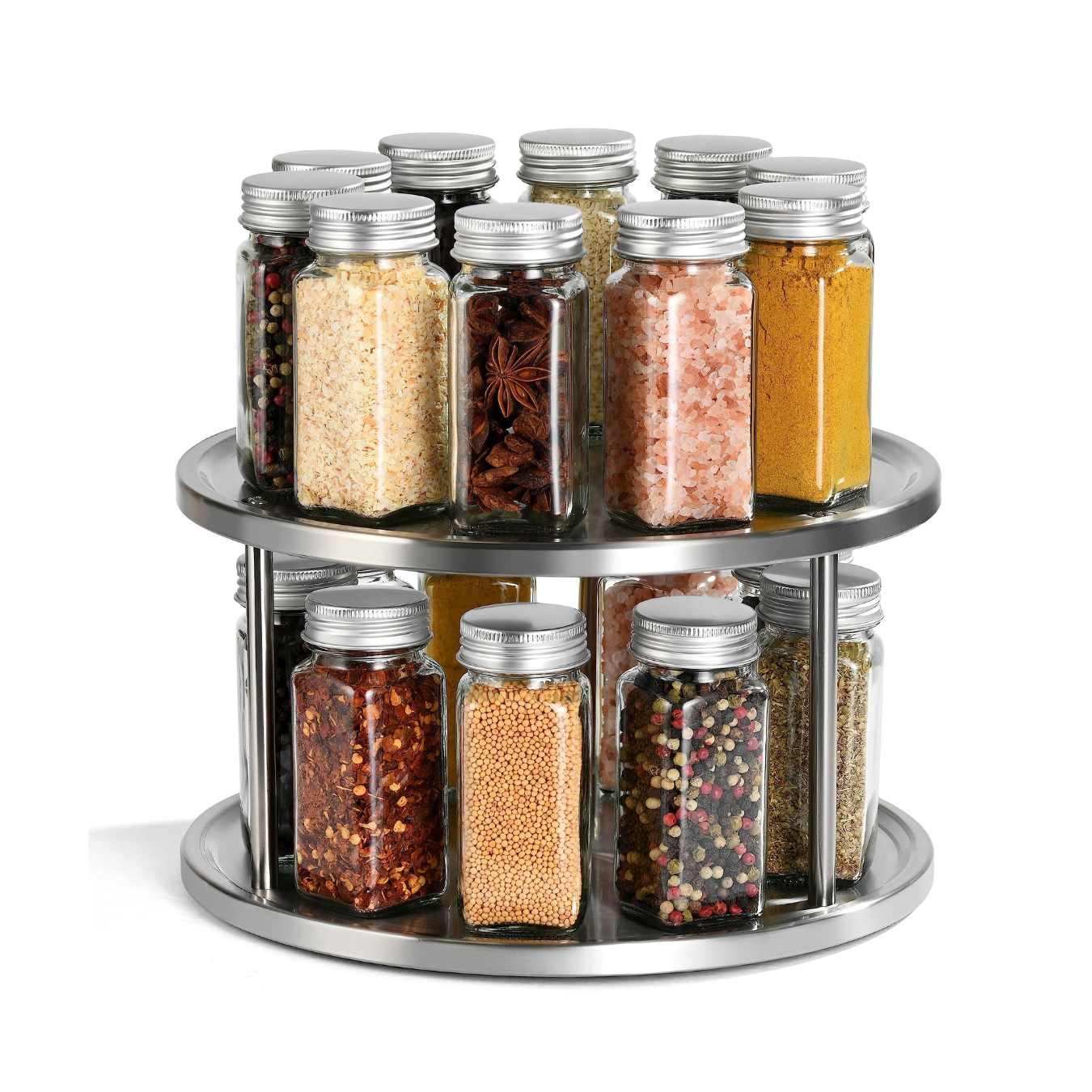
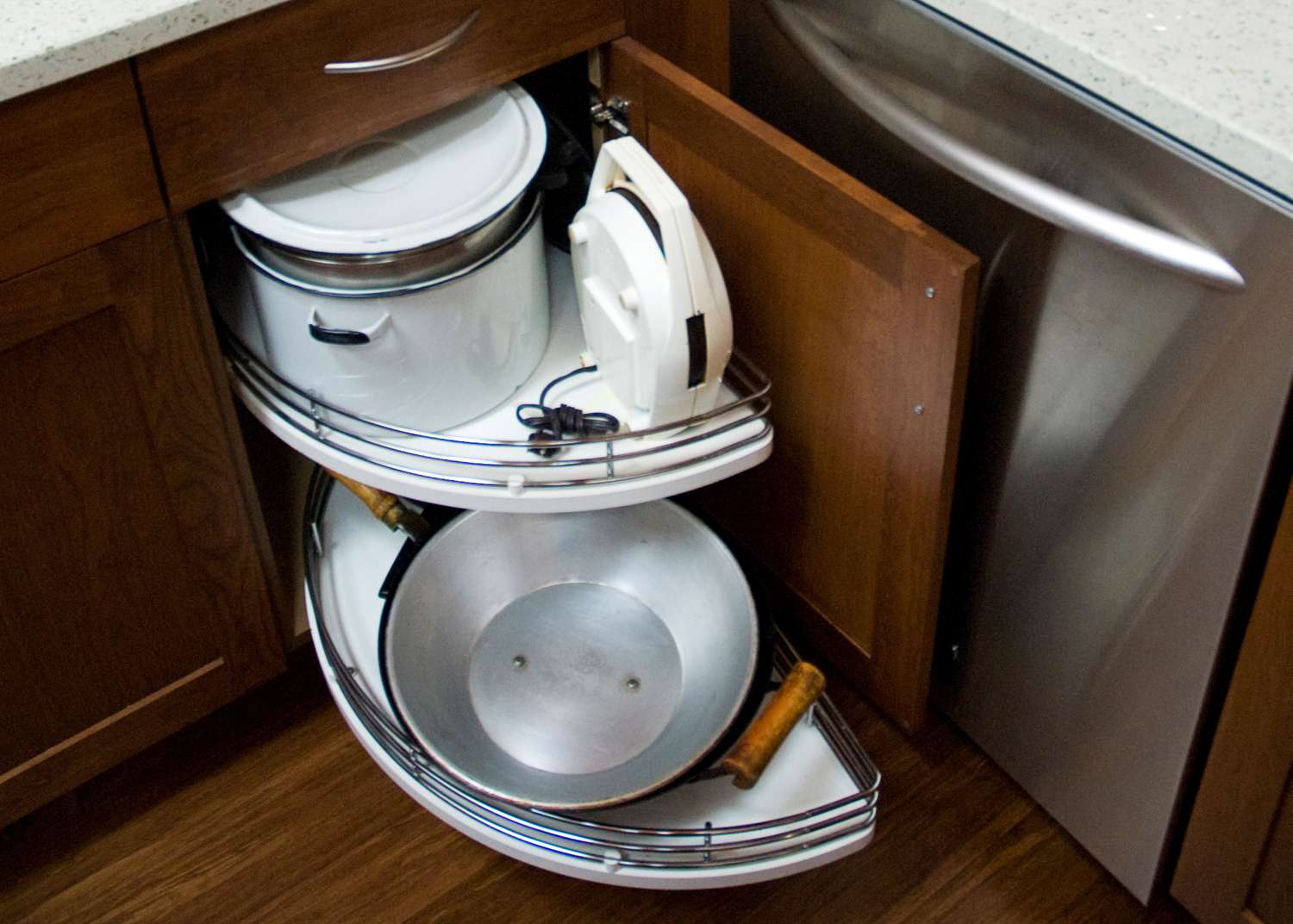
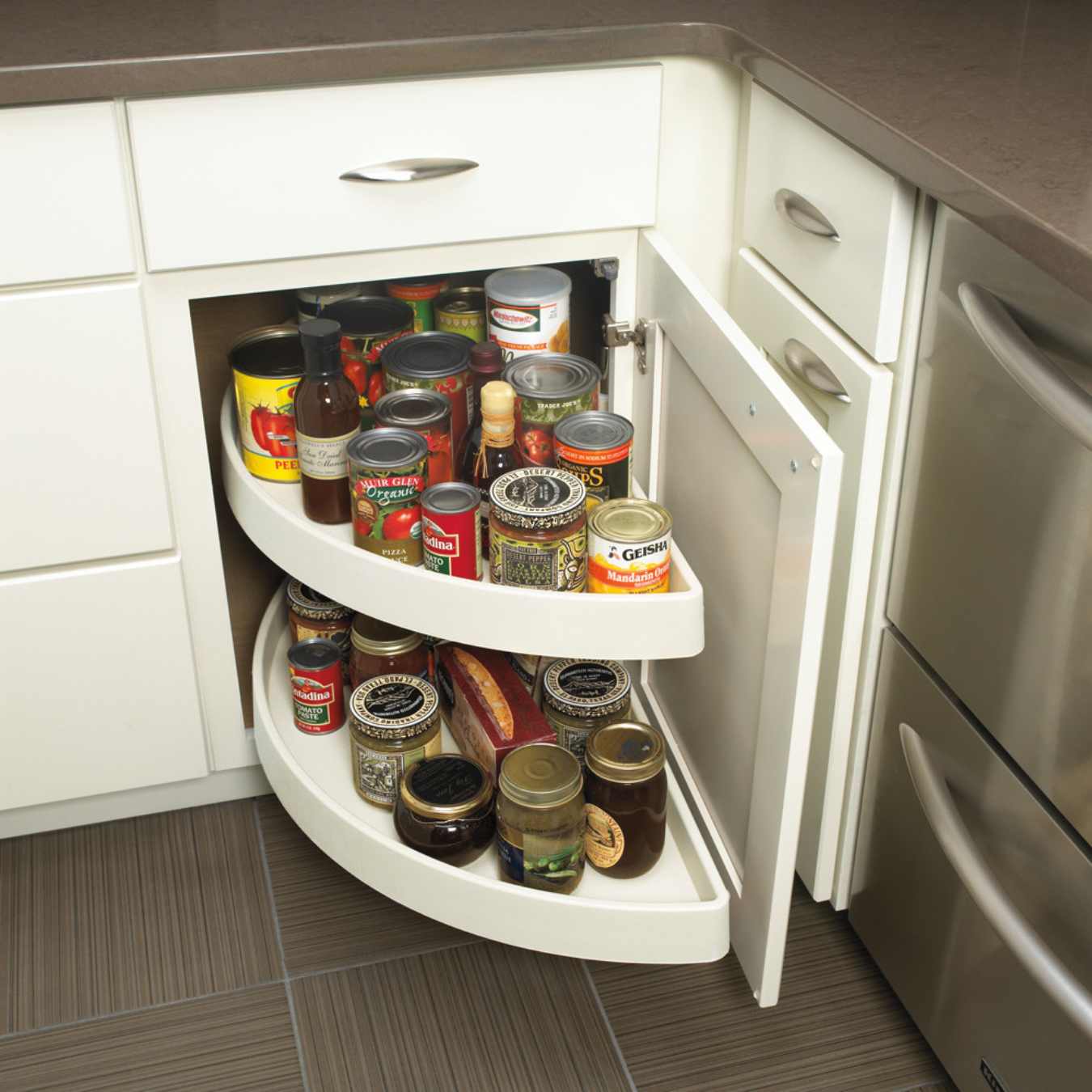
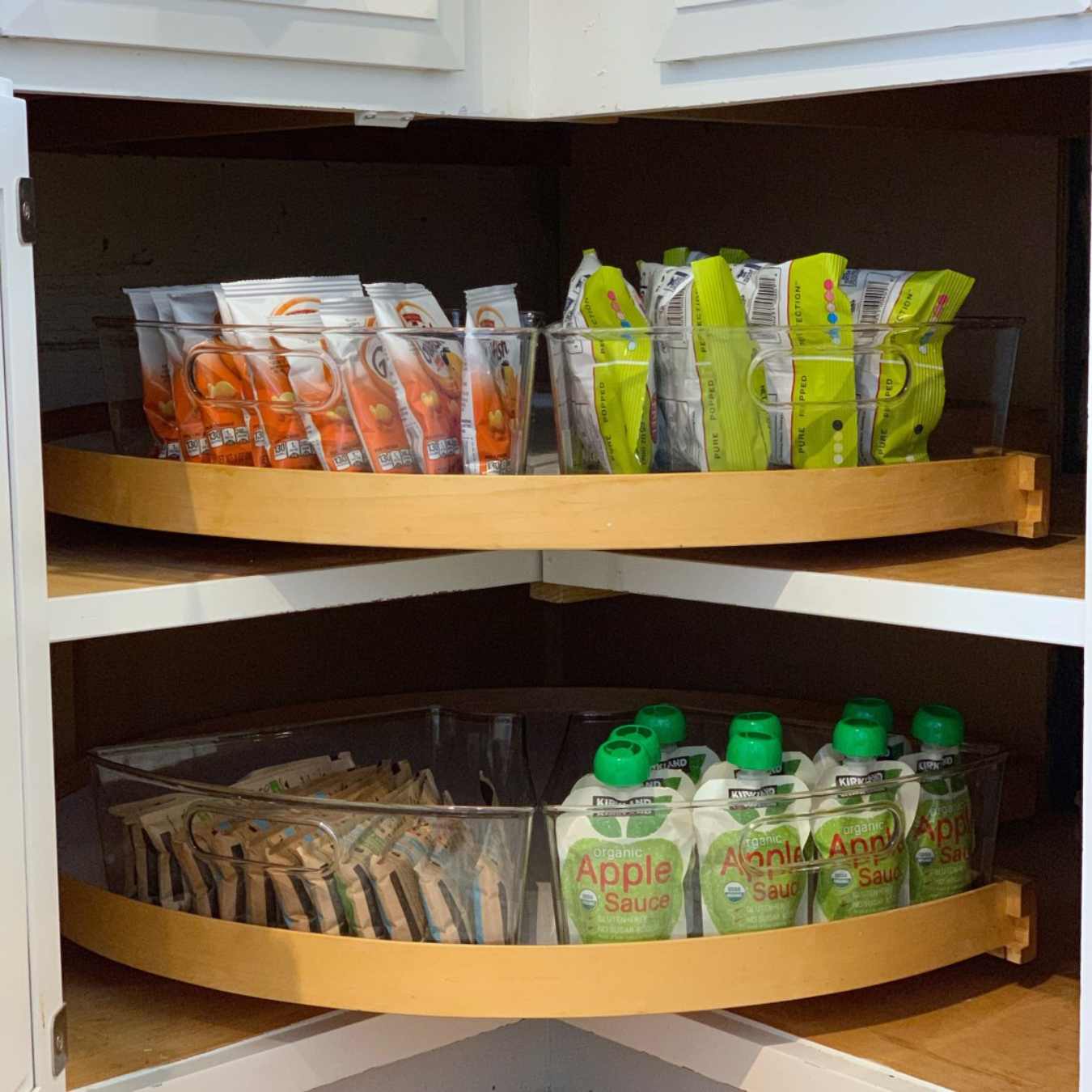
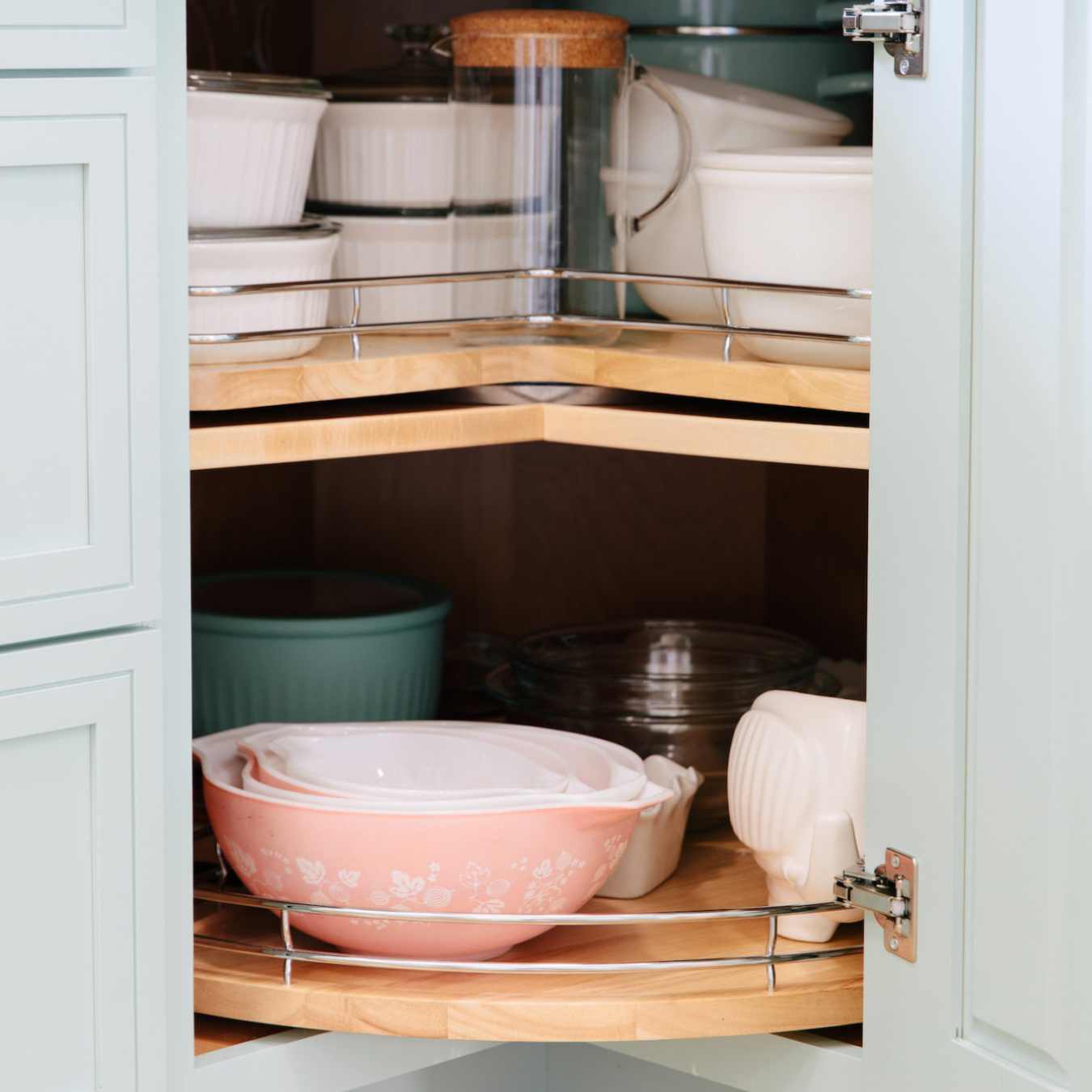
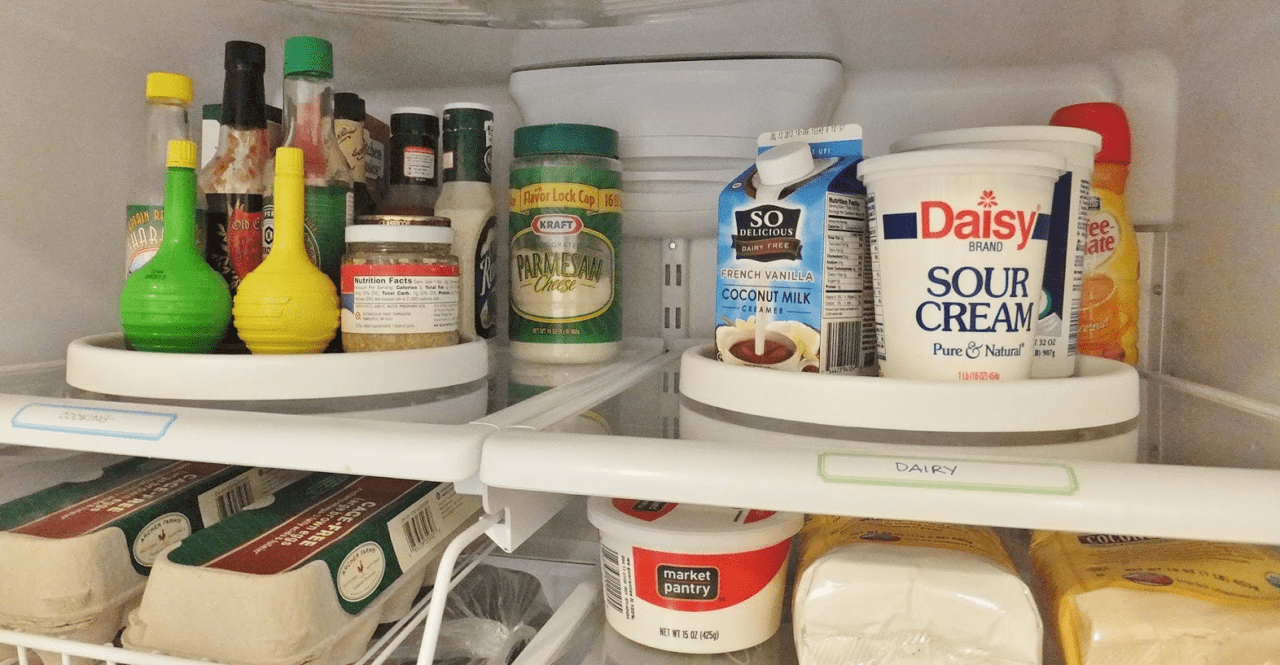
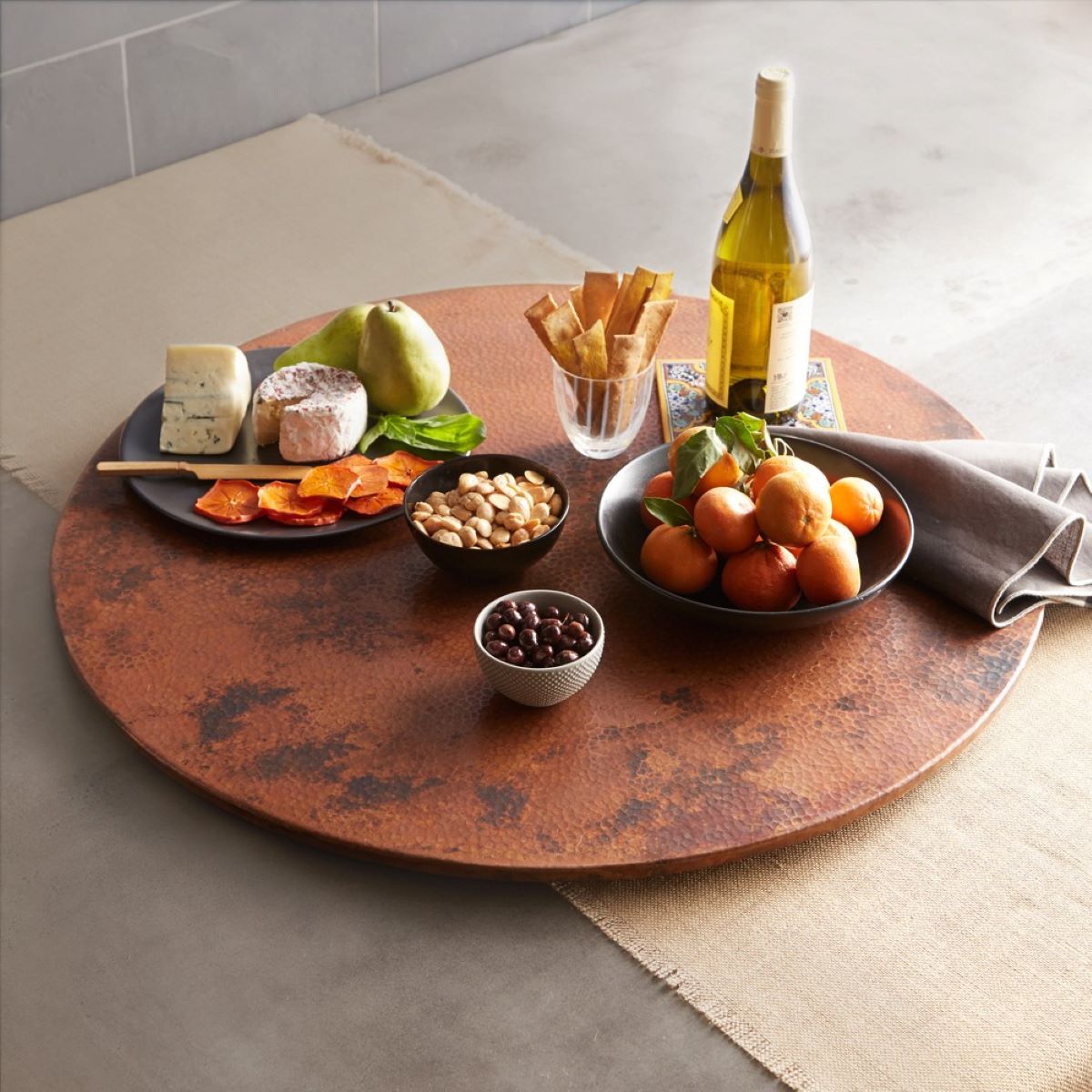
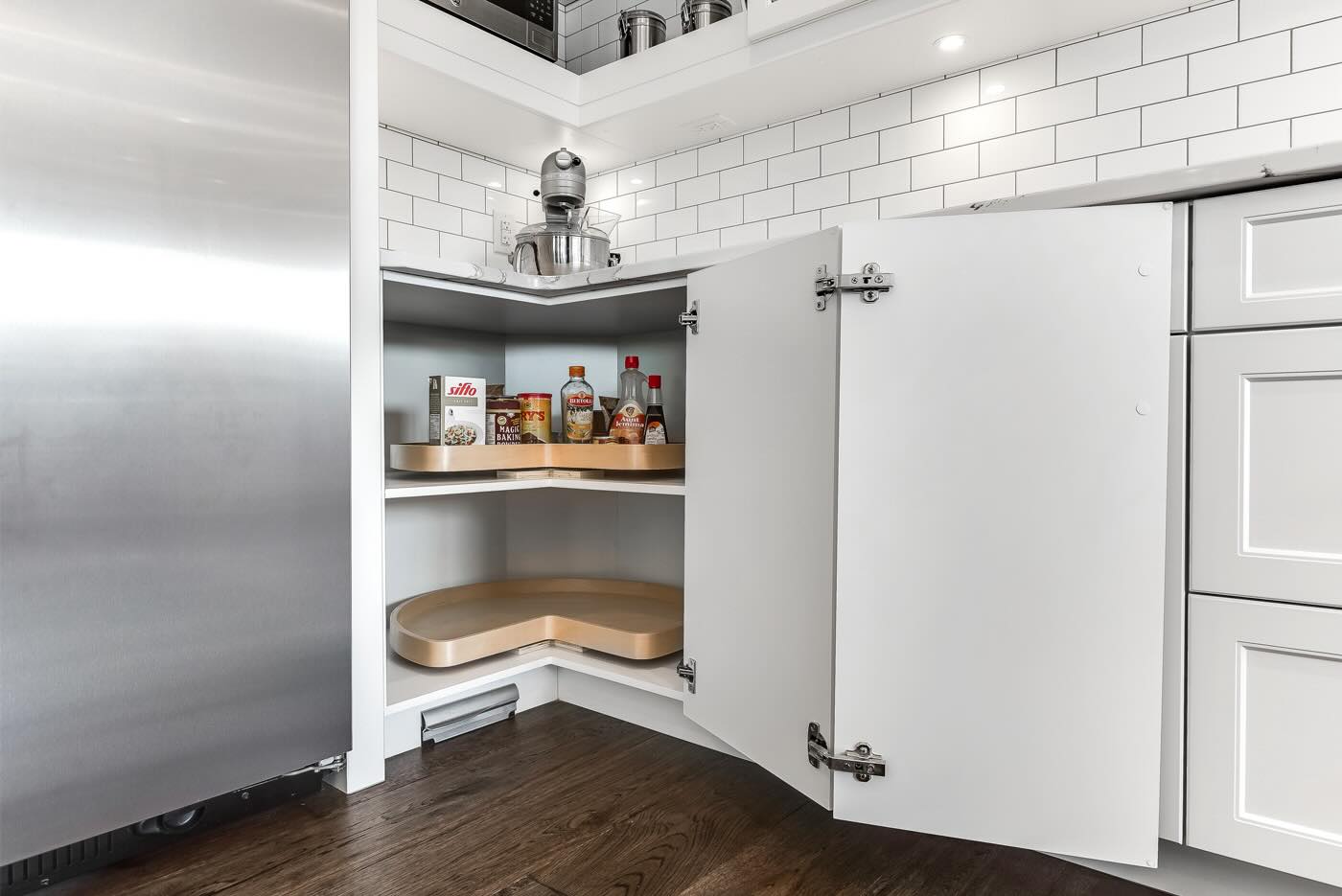
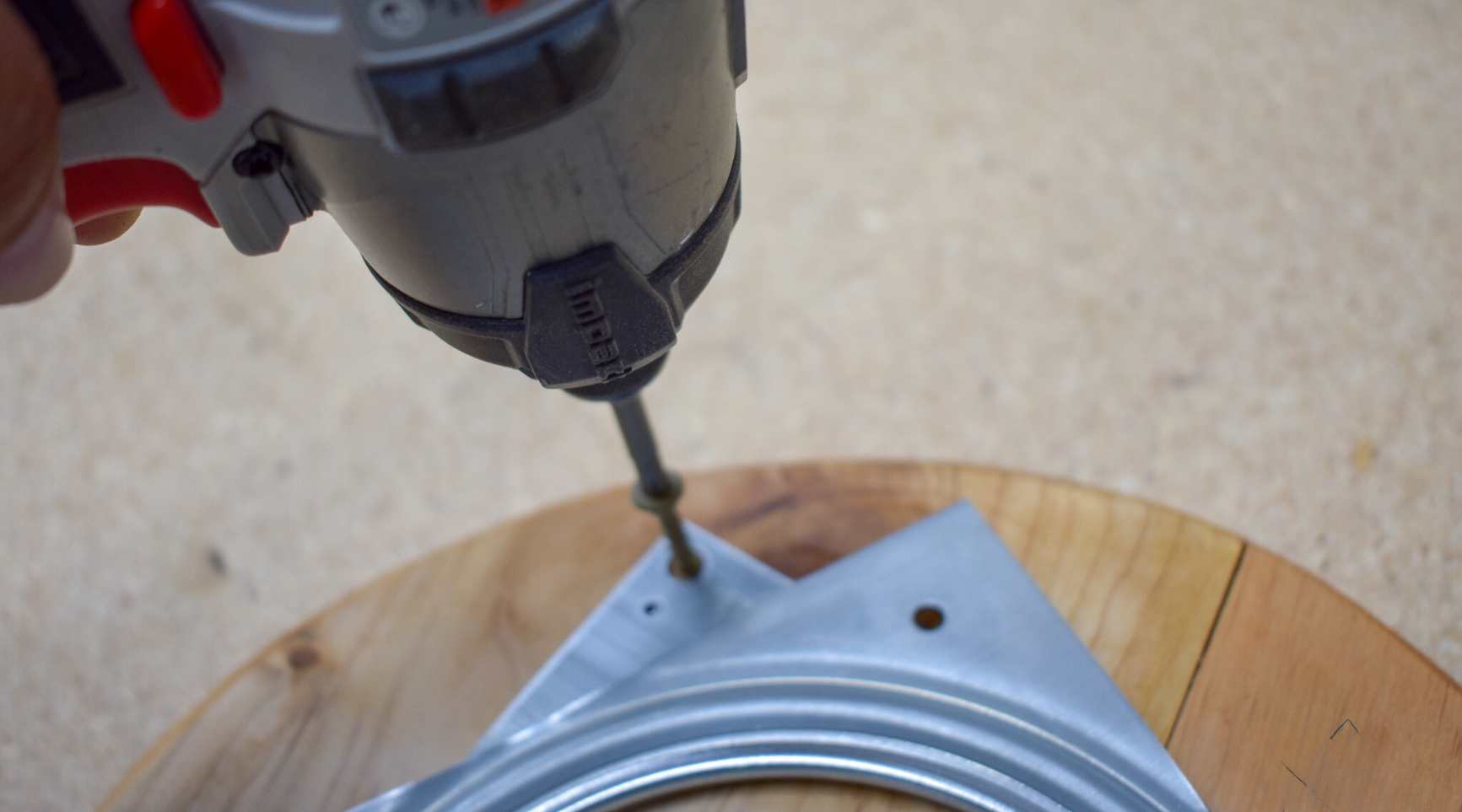
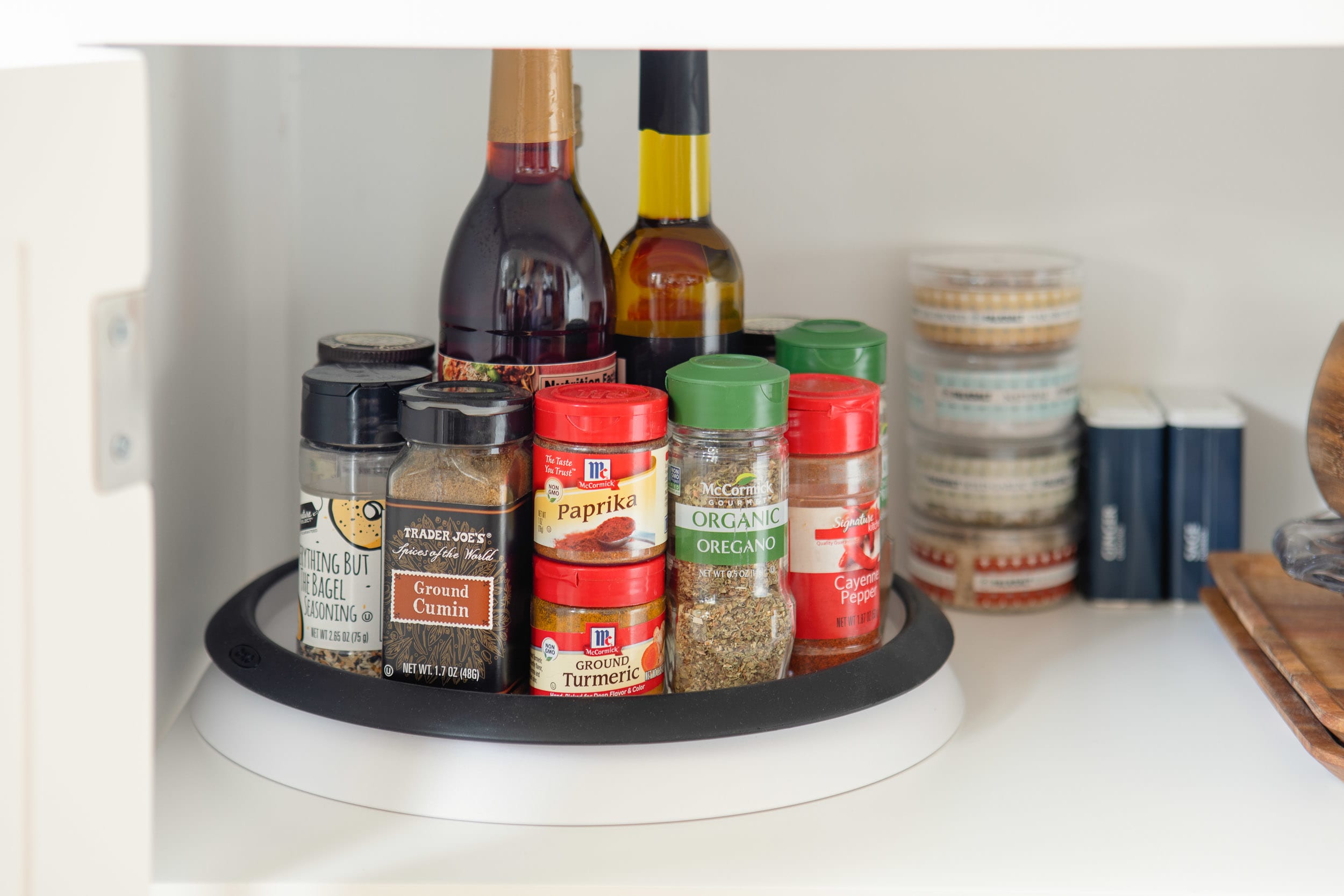

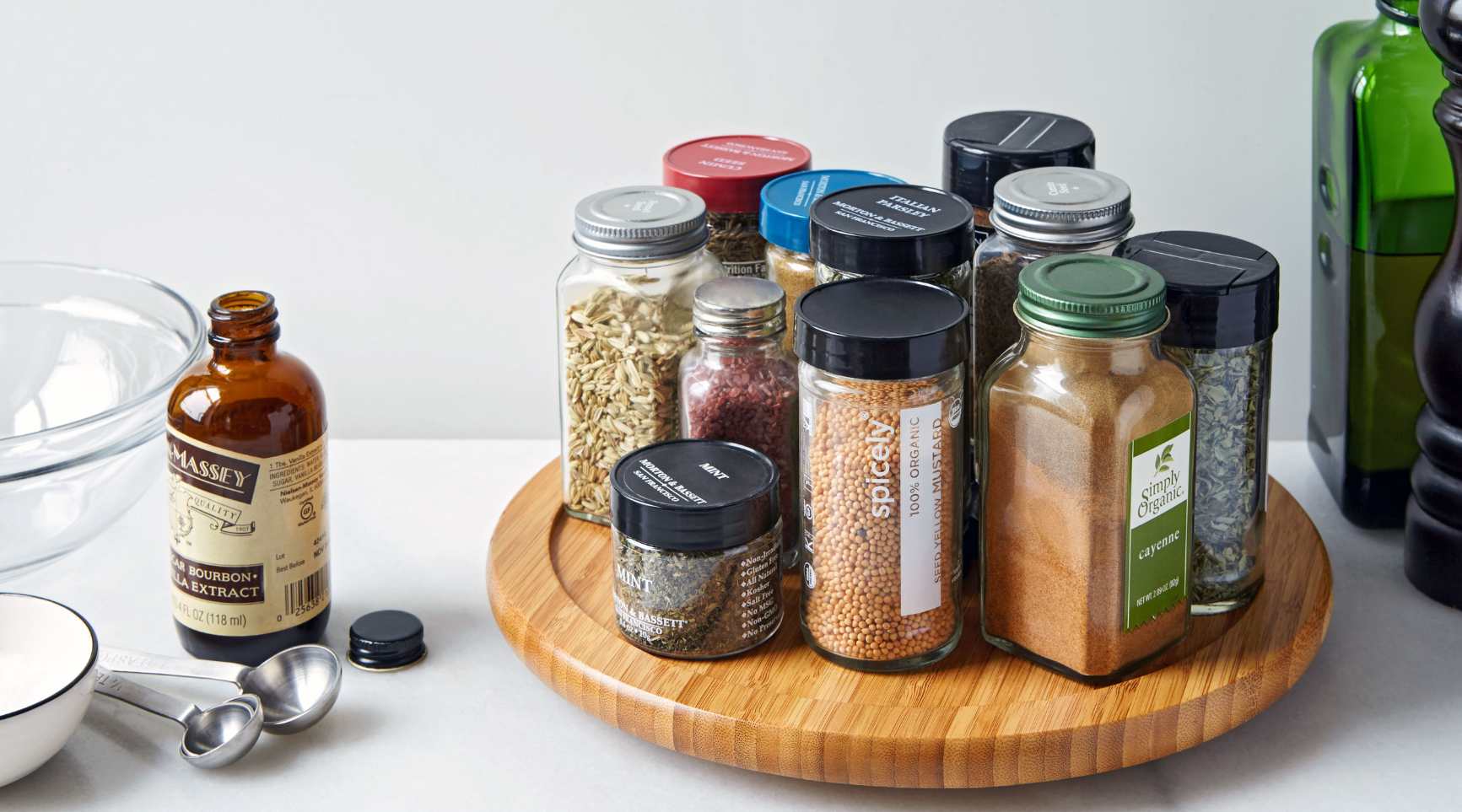

0 thoughts on “How To Organize Your Lazy Susan Cabinet”